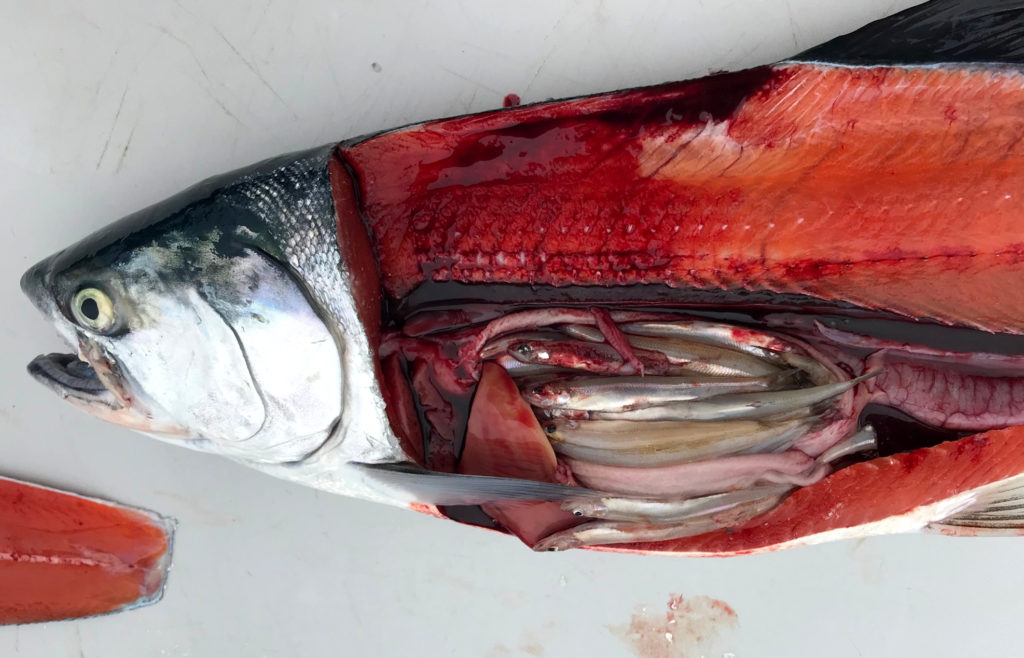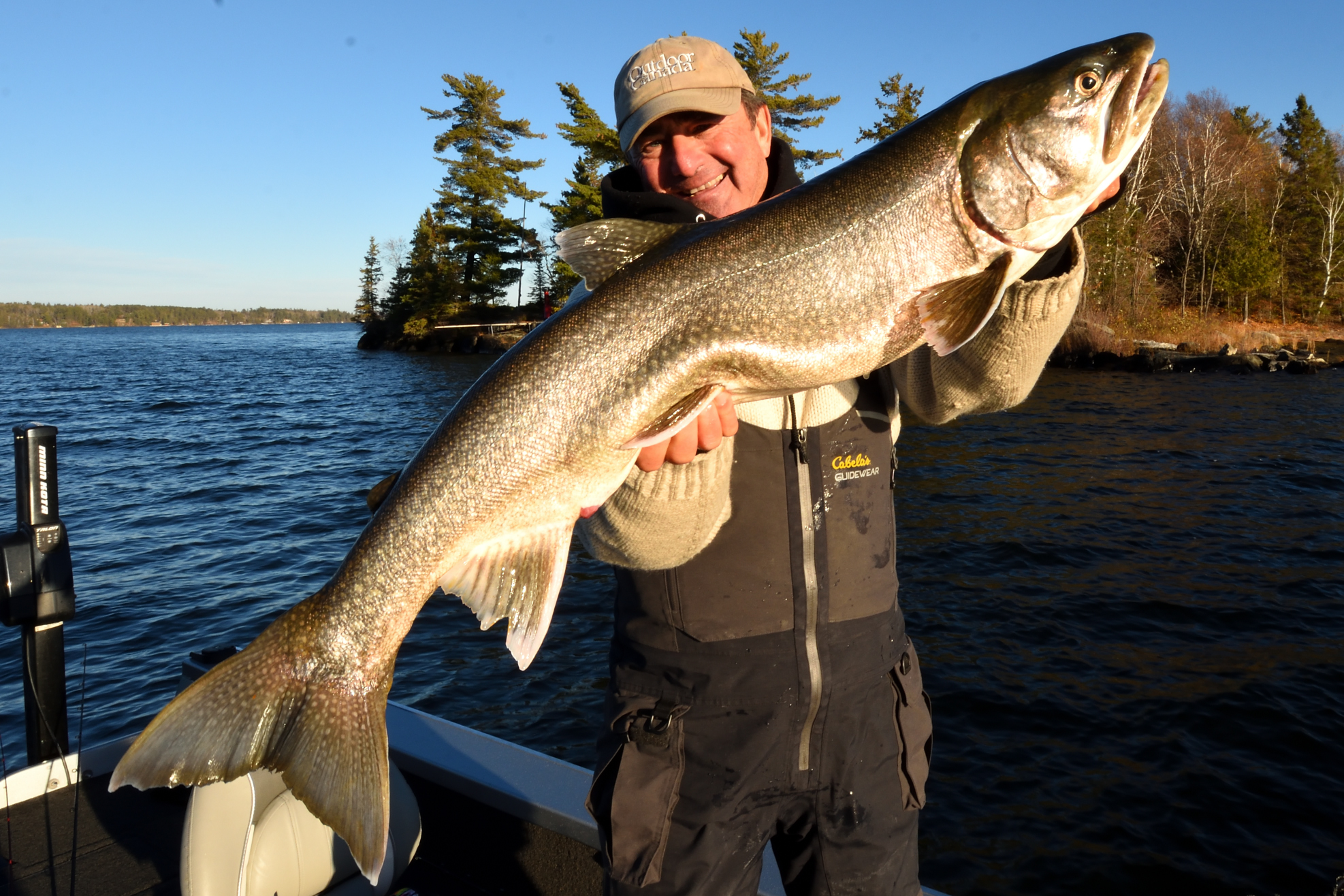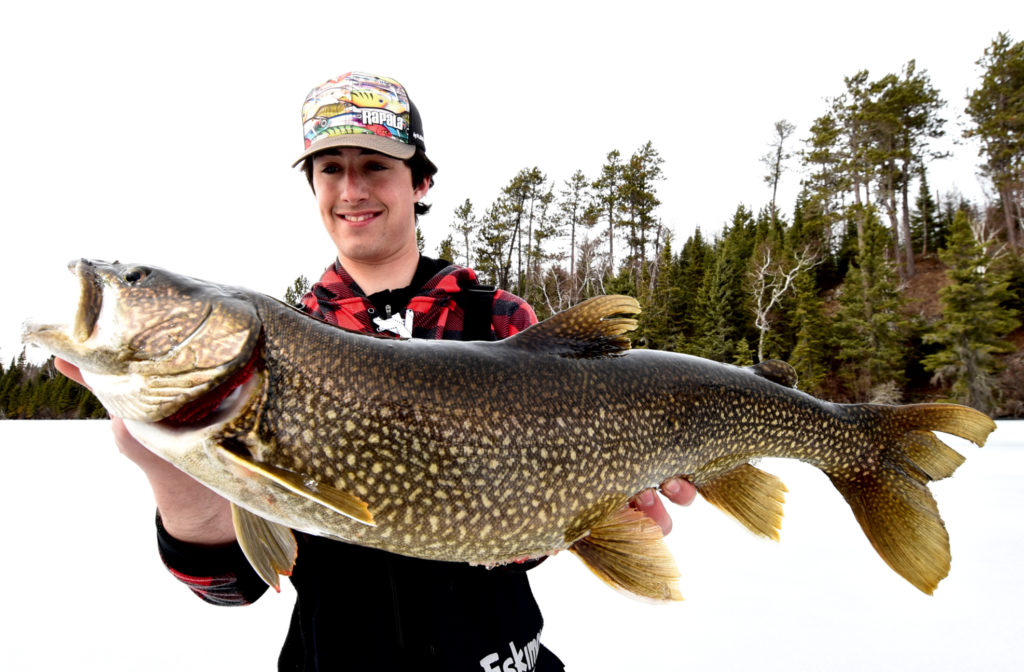When—and when not—to match the hatch
The secret is imitating the food that fish prefer
Advertisement
I was struck twice in the past few weeks by the concept of matching the hatch. That is, showing the fish, as closely as possible, a bait or lure that looks like what they are use to eating, in order to provoke a strike.
The initial occasion was my last ice-fishing trip of the season with grandson Liam, which was to a lake where the trout gorge on rainbow smelts. It is a favourite gem that regularly coughs up lake trout that look like they’ve been spending far too much time in the local bar, drowning their sorrows in barley sandwiches. And when you land a laker here, it invariably spits a handful of baby-finger-sized smelt onto the ice.
Advertisement
And here is the thing: if you carefully match your lure to the exact small size, slim shape and silver colour of the forage fish, you typically do well. But miss or alter any one of these variables and your success rate plummets.
I was thinking about that when I was interviewing Lake Huron charter boat captain, Fred Wondergem for a recent On The Water Online blog about how he successfully rigged up his client last year to win the Blue Water Salmon Derby. Wondergem told me that he is seeing more and more dense schools of smelt these days on his sonar screen, and when he cleans a salmon or trout, the fish’s stomach is crammed with the sweet cucumber-smelling species. It is interesting, too, because the smelt population in Lake Huron is now making a comeback, after crashing some years ago. And the chinook and coho salmon are following the pelagic schools like wolves tracking herds of caribou across the tundra.
Advertisement

Even more revealing is the fact there are other forage fish species, in both my little trout lake and Fred’s massive body of water, including ciscoes, shiners, alewives, yellow perch, sculpins and gobies. But smelt are the cherries atop the sundaes in both systems. So it pays to always match the hatch—or does it?
Indeed, I fish other bodies of water where showing the walleye, bass, trout, black crappies and yellow perch a lure that resembles what they’re accustomed to eating is not always a good, or the best, tactic. One smallmouth bass lake, in particular, where the fish devour crayfish, stands out mightily.
Advertisement
You’ll have fun casting a tube jig or Ned rig that matches the little lobsters in size, shape, profile and colour. But show the brown bass anything—a spinnerbait, swimbait or even a topwater lure that resembles a shiner—and they go head-over-heads for it.
It is as though they view a crayfish lookalike as the macaroni and cheese they eat every day. Which is to say that they yawn and sigh ho-hum. But show them a New York strip steak drenched in peppercorn sauce—aka a shiner look-alike—and they lick the plate when they have finished eating.
It is a case of crayfish representing what is most abundant rather than what the fish prefer. And sorting out the difference, on a lake by lake, species by species basis is often the what makes the difference between a successful day on the water and hot dogs for dinner.


